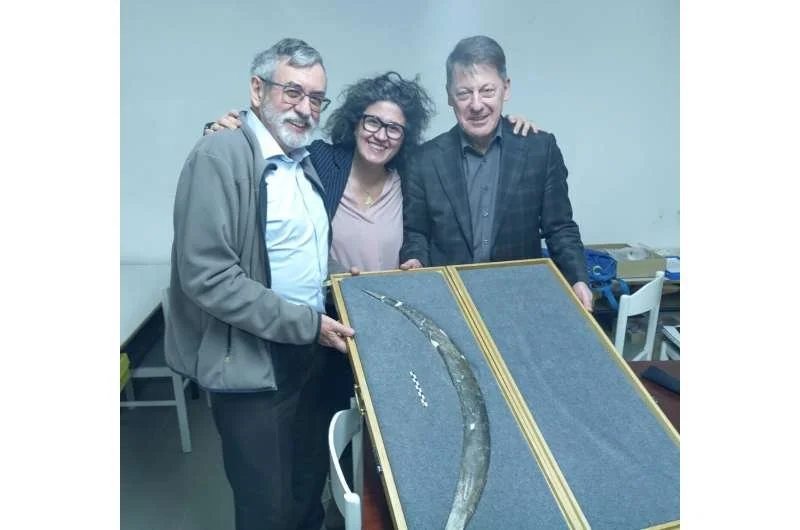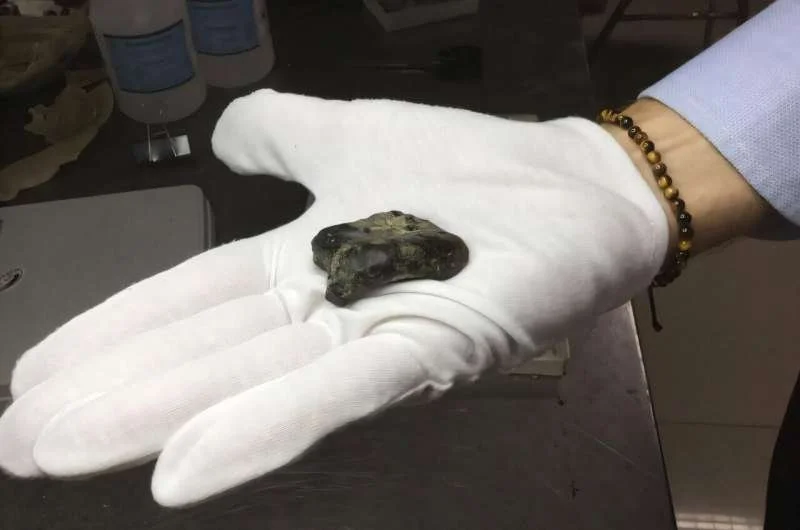The body of a puppy is being studied by scientists, but this is not your typical animal. The young pup has been frozen in the siberian permafrost for 14,300 years.
The researchers carefully remove cartilage, liver, and muscle tissue samples from the pup. In addition, following the laboratory analysis of the samples, they make a ground-breaking discovery that may have significant repercussions for science. A genetic breakthrough was made by experts investigating the frozen remains of a siberian puppy that were 14,000 years old. But is this young dog a wild wolf, a domesticated animal that a human once owned, or maybe a cross between the two?researchers discovered animal bones with the telltale signs of butchering as well as fire traces at the location where the puppy was found, although it is impossible to be sure.
As a result, it's possible that the young animal was kept as a pet or used for work. In 2015, the puppy's remains were discovered on a sheer bank of the psylocke river about 25 miles from the siberian village of tumut in yakutia's us jana region, also known as the sakha republic. The young animal has also acquired the moniker "the tomb that puppy" thanks to the village.
Because of a 2011 discovery, scientists were digging along the steep river bank when they discovered this young dog. In the same year, they found another puppy. They had hoped to find human activity, which they did, but they were also lucky to find the second puppy, which may have been a sibling of the first one.






